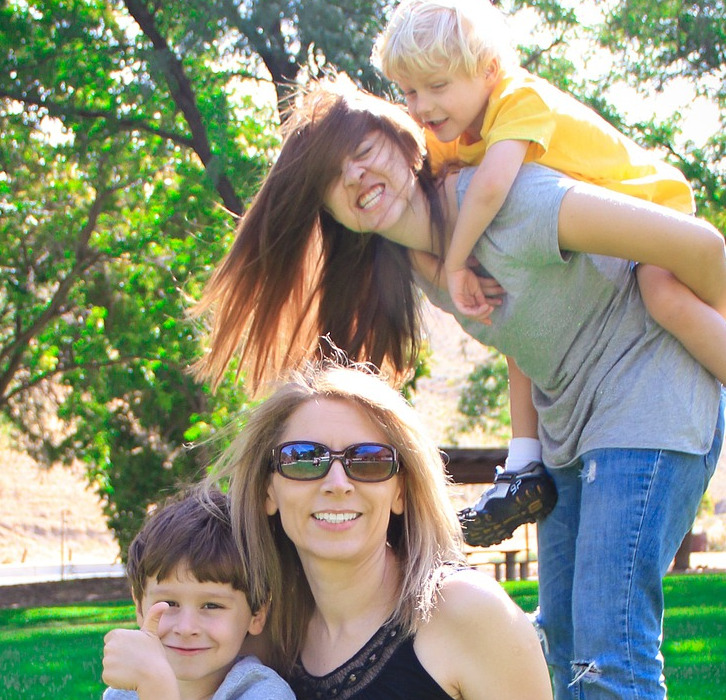–by Susan Ward, LPC
Note from the blog manager: this is the promised and long-overdue follow-up to Susan’s popular post, What Therapists Want Parents to Know. Thank you to both Susan and our readers for your patience!
As the parent of a child with trauma and attachment issues, I understand first-hand how overwhelming your life is. In spite of that, I’m going to provide a list of things that, as a therapist, I believe you need to either add or tweak in your life. These actions will facilitate the attachment between you and your child and will help fill their emotional and cognitive deficits.
Put down your phone!
Attachment occurs with eye contact, smiles, and touch. If you’re on your phone, you’re not fully working on attachment with your child. Set aside times when your phone is tucked away in a drawer and your child has your full attention. Not only will it improve your relationship, you will be modeling positive social behavior for your child.
Play board games and cards.
Your child may have gaps in learning to take turns, working memory, social skills, and being a good sport. Board games and card games help build these skills. Have a weekly family game night, or invite friends over for pizza and board games. You could also play a quick hand of cards as a positive reward for your child making a good choice. If your child gets overly focused on winning, don’t play until completion; set the timer for 10 minutes and end the game according to time rather than by naming a winner. Always remember to have each player look the others in the eye and thank them for playing—this is practicing good sportsmanship.
Get outdoors.
Multiple studies show that spending time outdoors reduces symptoms of ADHD, depression, and anger. It also improves overall health and mood. Ride bikes. Take a hike. Go to the playground and swing. Have a backyard picnic. Go canoeing. Play bocce ball or badminton. Run through the sprinkler. Help your child set up a lemonade stand and donate the money to a good cause. The benefits of being outdoors are undeniable.
Read more to your child.
Reading to your child improves your child’s reading comprehension, increases their vocabulary, and helps with attachment. Read with expression. Explain new words. Ask your child what they think might come next. Discuss choices that the characters might make. Act out portions of the story. No matter how much you’re reading to your child, read more! You can do all the reading or you and your child can take turns reading alternate pages or chapters. A few books to consider include Wish by Barbara O’Connor, Good Night, Mr. Tom by Michelle Magorian, and The War That Saved my Life by Kimberly Brubaker Bradley. All three of these books touch on themes of adoption, life stressors, and attachment.
 Susan M. Ward, LPC, is a psychotherapist in private practice in Asheville, North Carolina, at Carolina Mountain Counseling. She’s an adoptive mom, past foster parent, and has provided therapeutic respite. Currently, she works with children, teens, and adults struggling with the impact of early childhood trauma and the related attachment challenges.
Susan M. Ward, LPC, is a psychotherapist in private practice in Asheville, North Carolina, at Carolina Mountain Counseling. She’s an adoptive mom, past foster parent, and has provided therapeutic respite. Currently, she works with children, teens, and adults struggling with the impact of early childhood trauma and the related attachment challenges.



